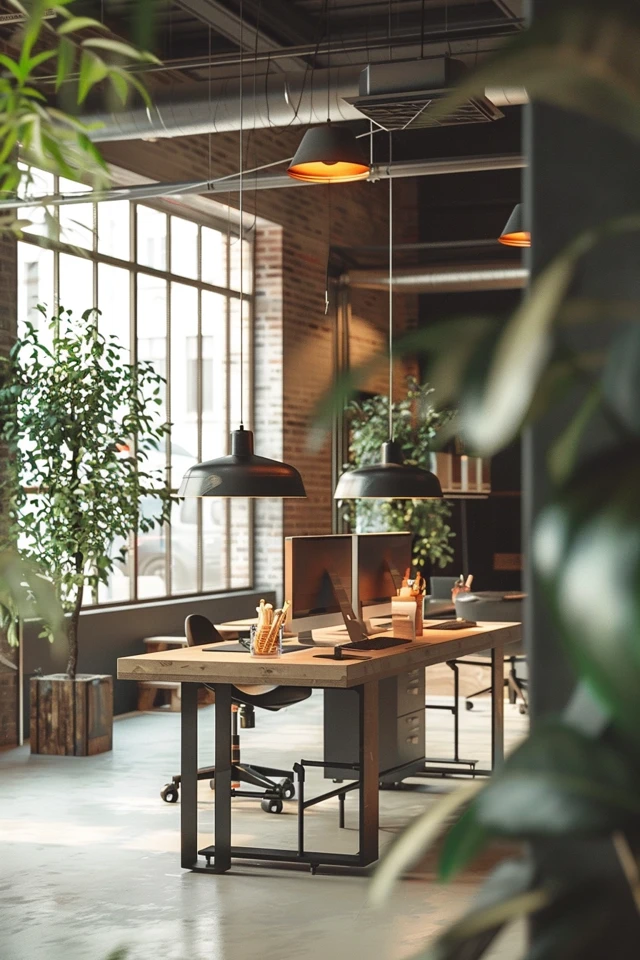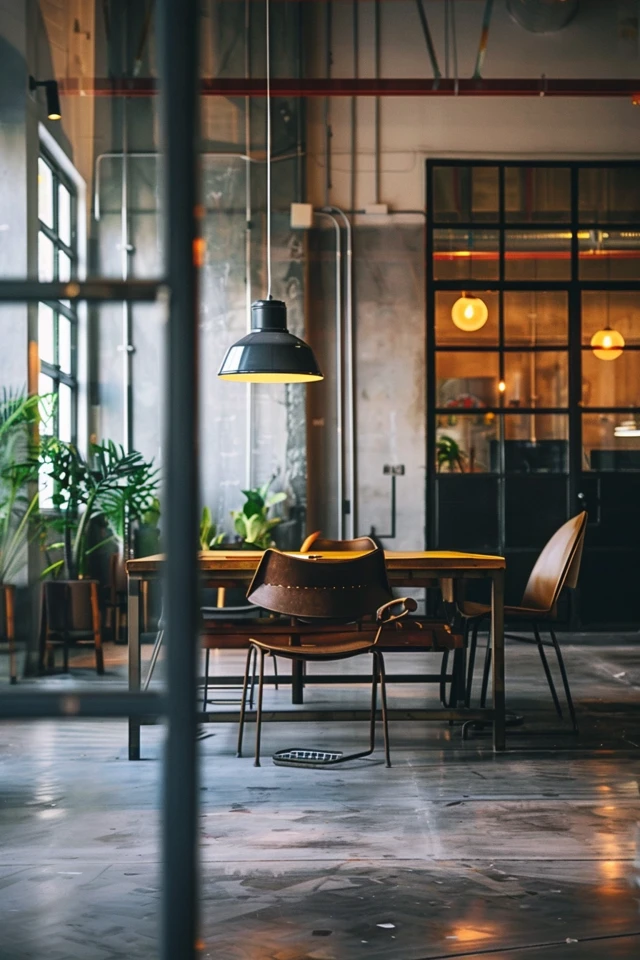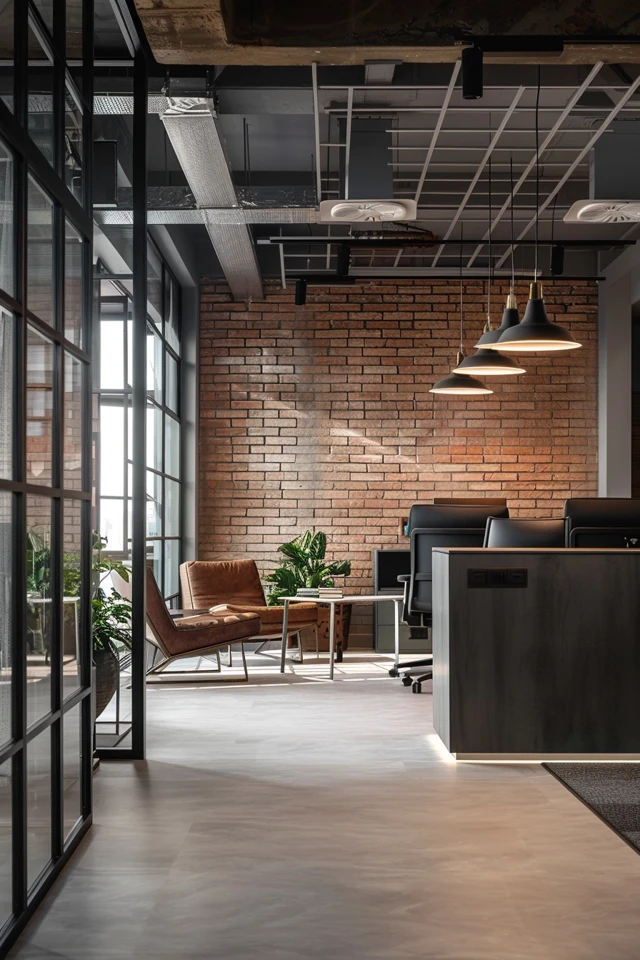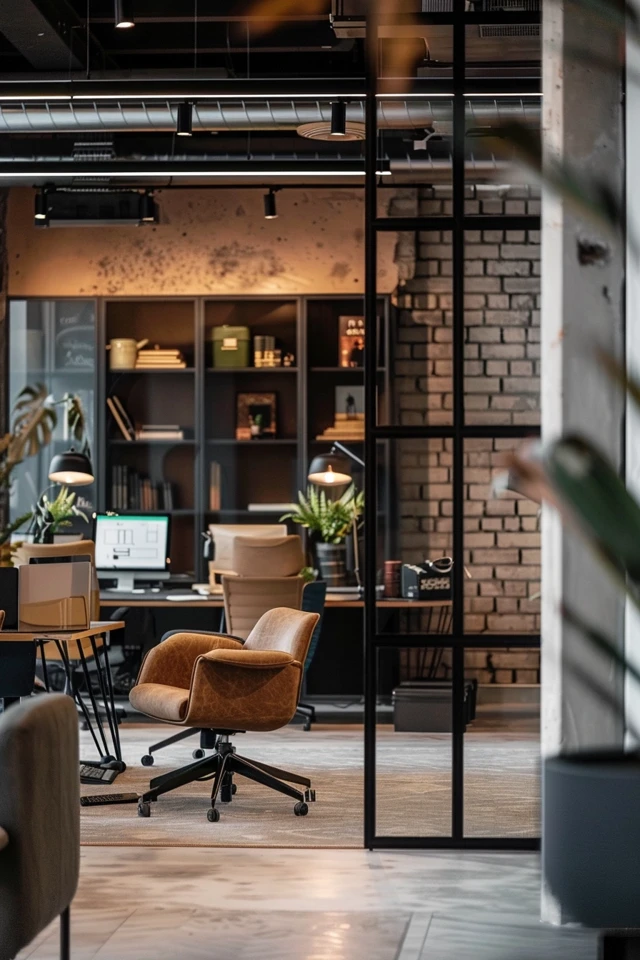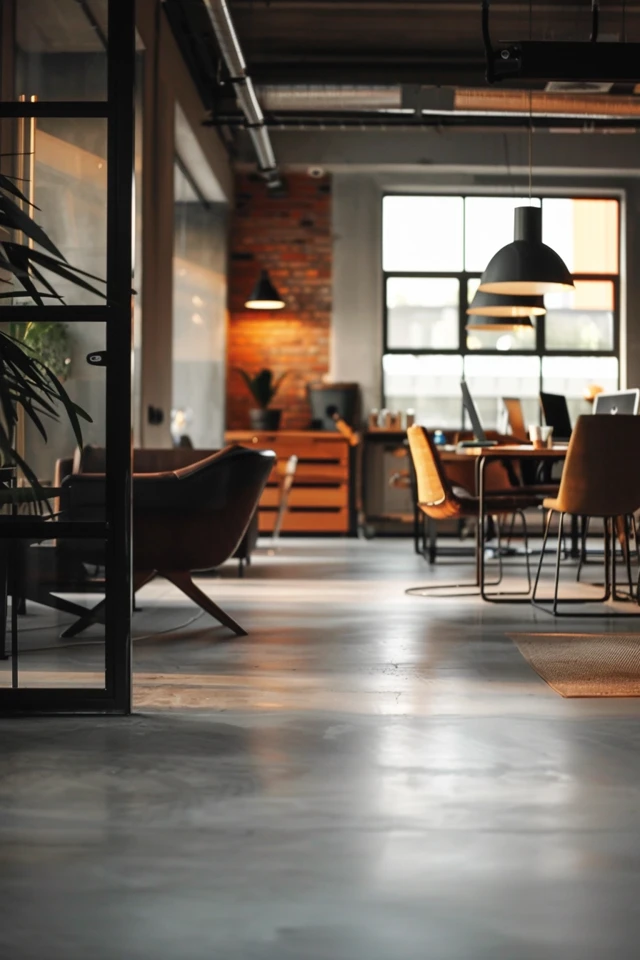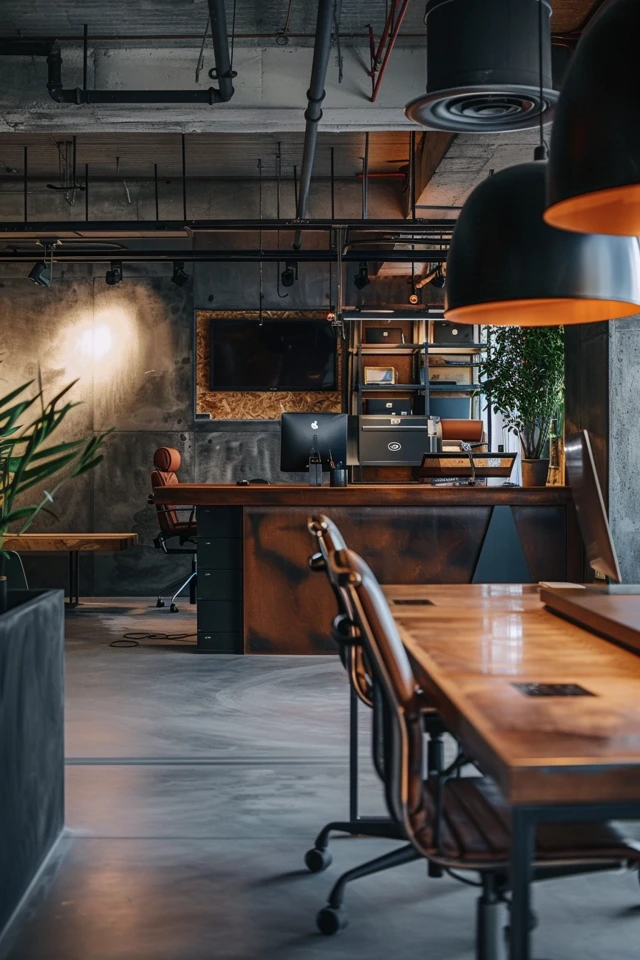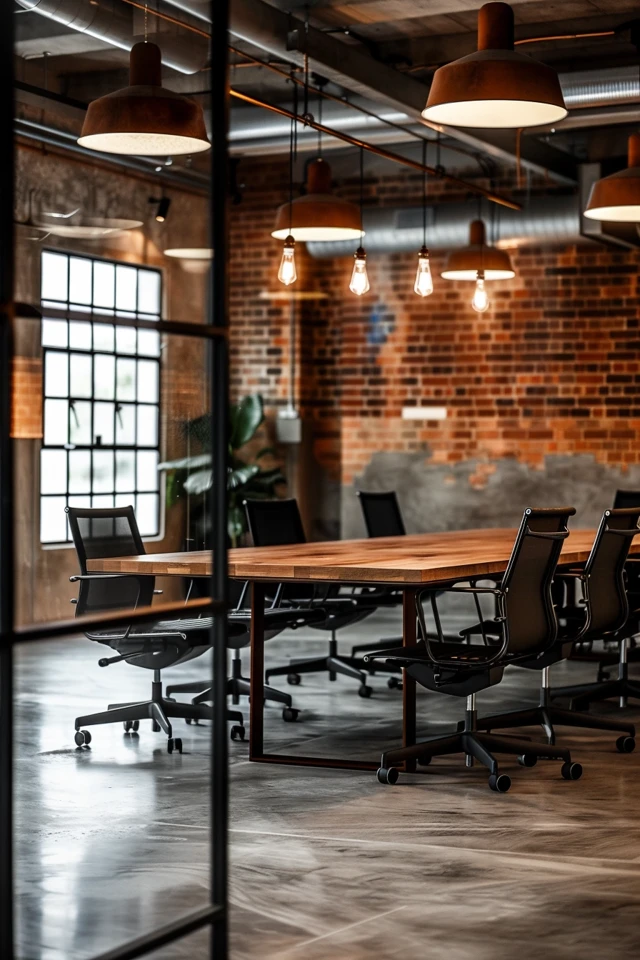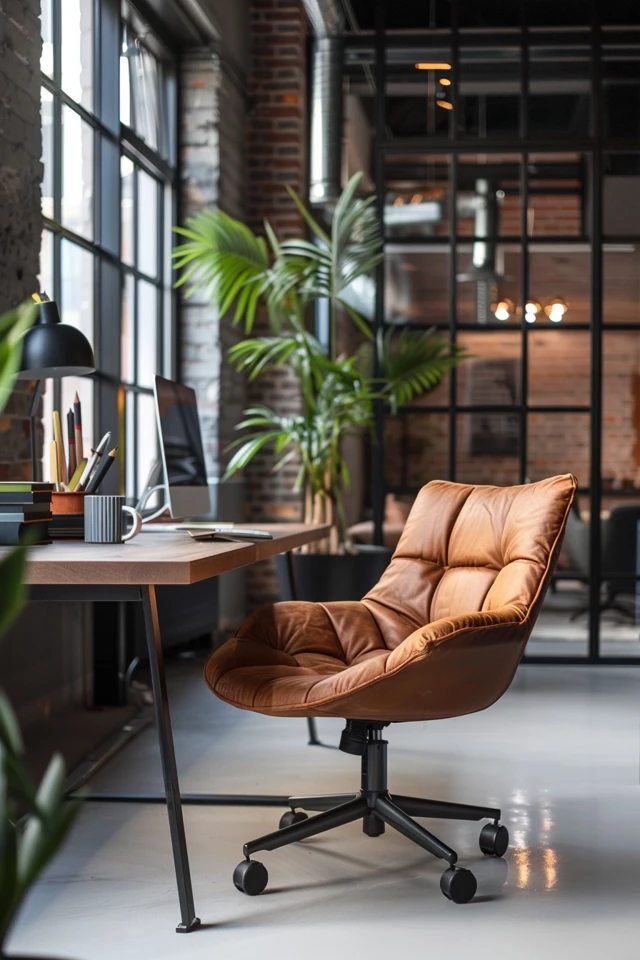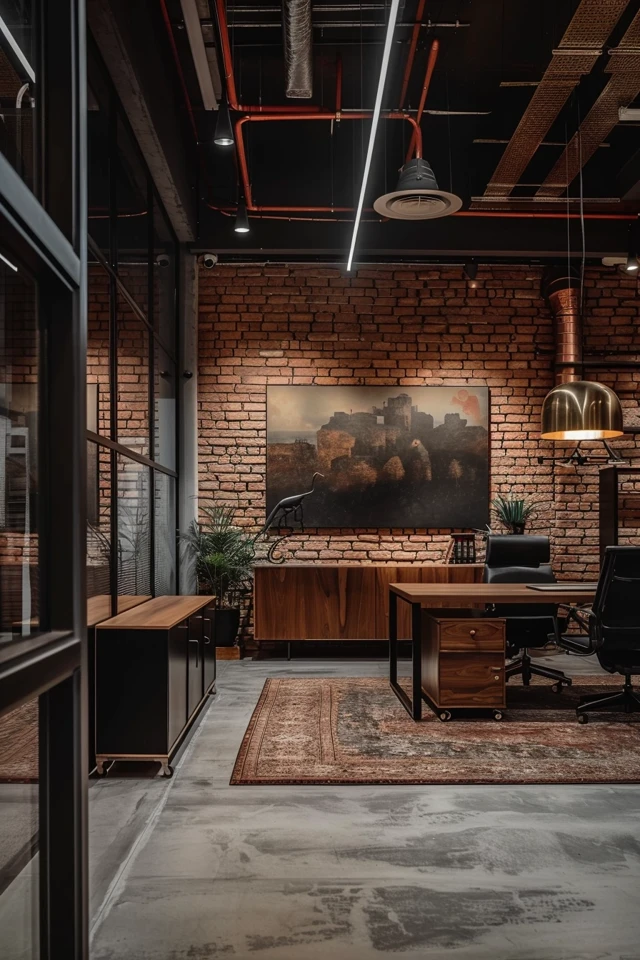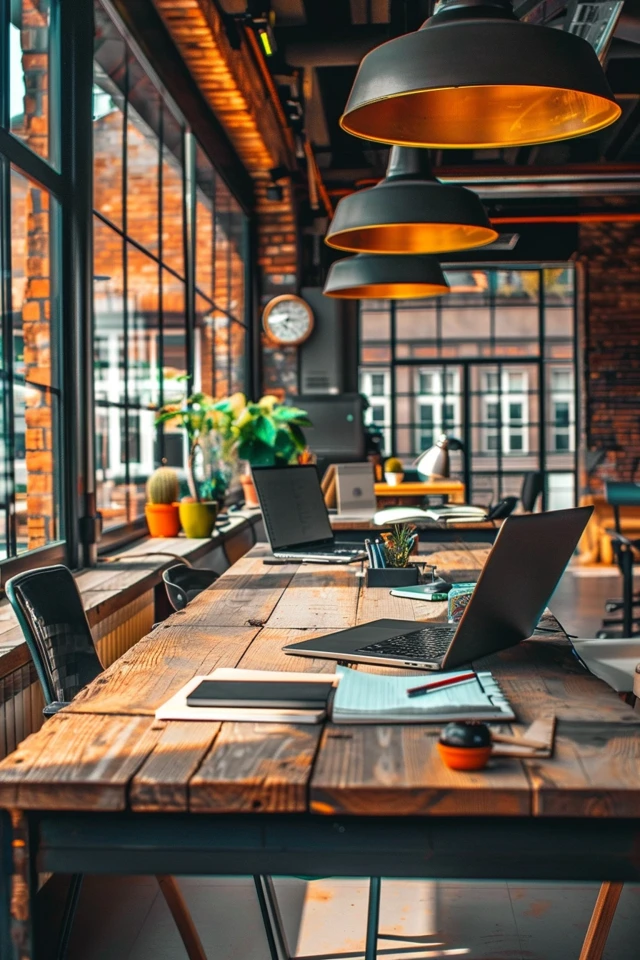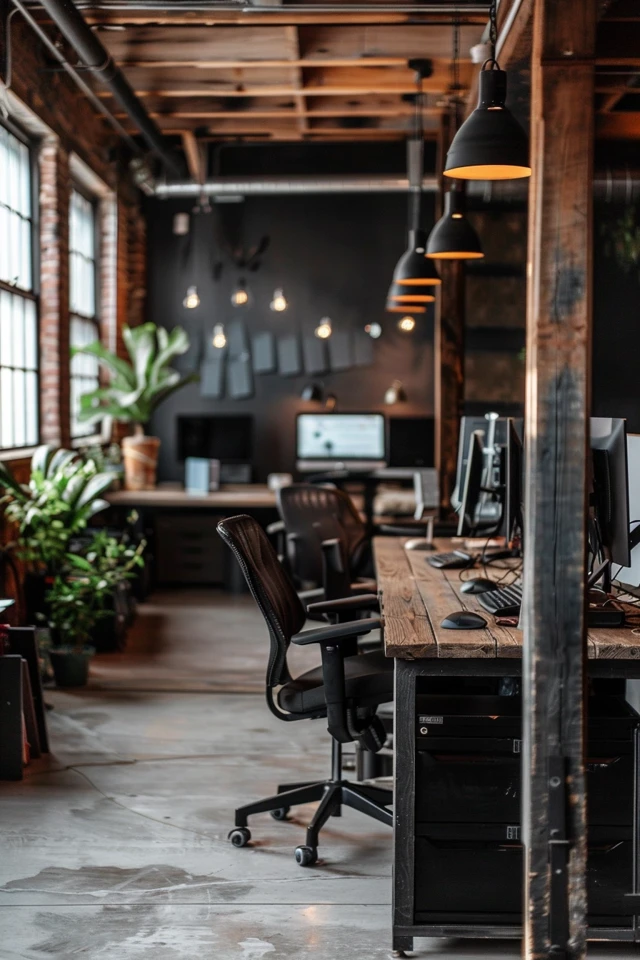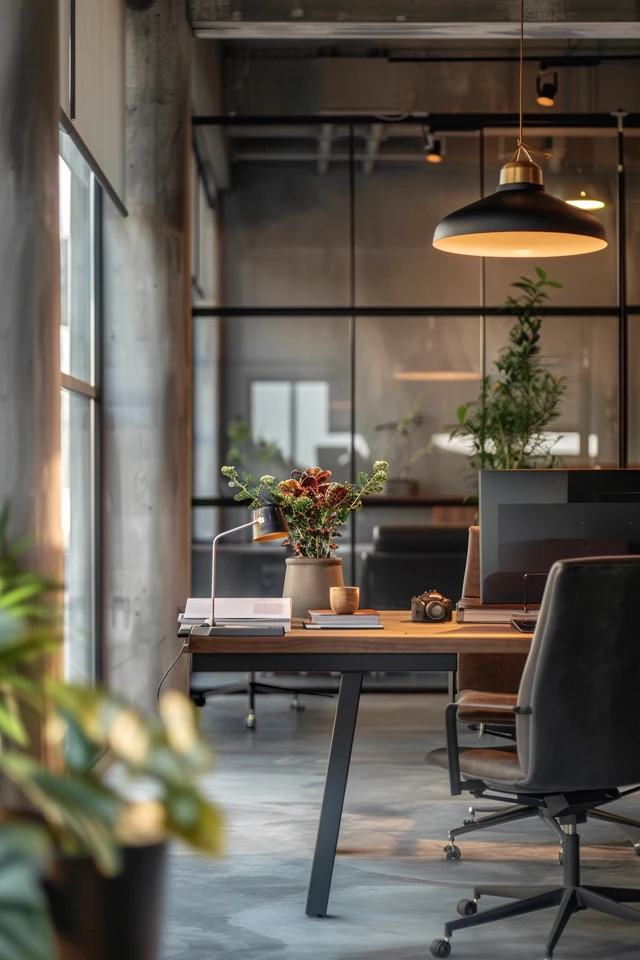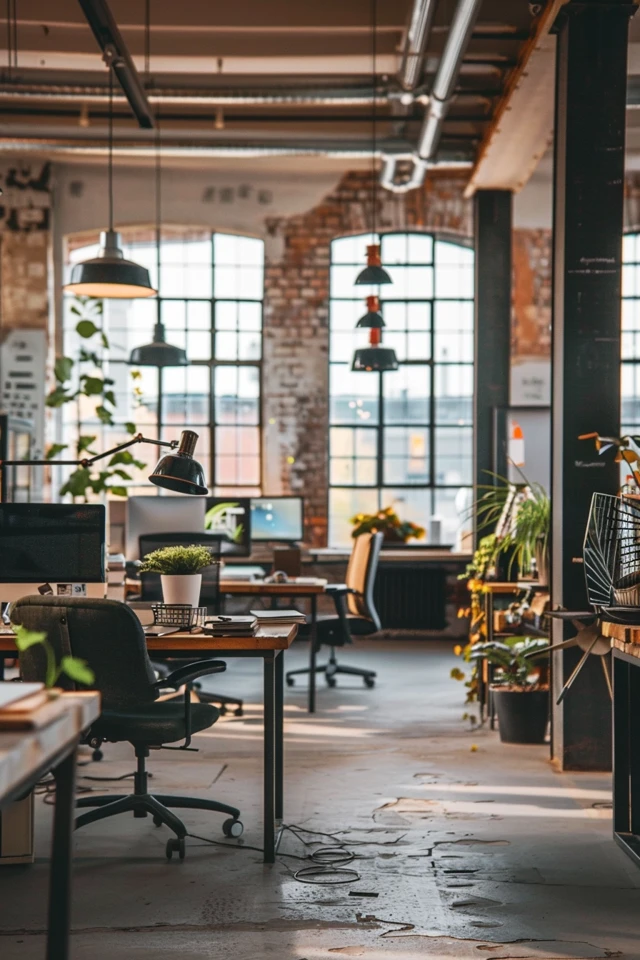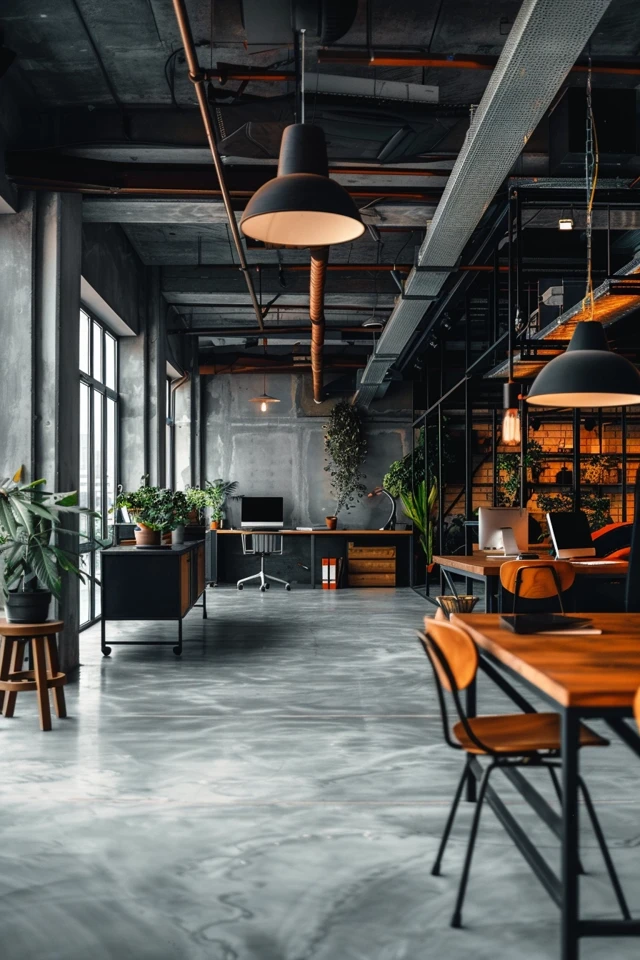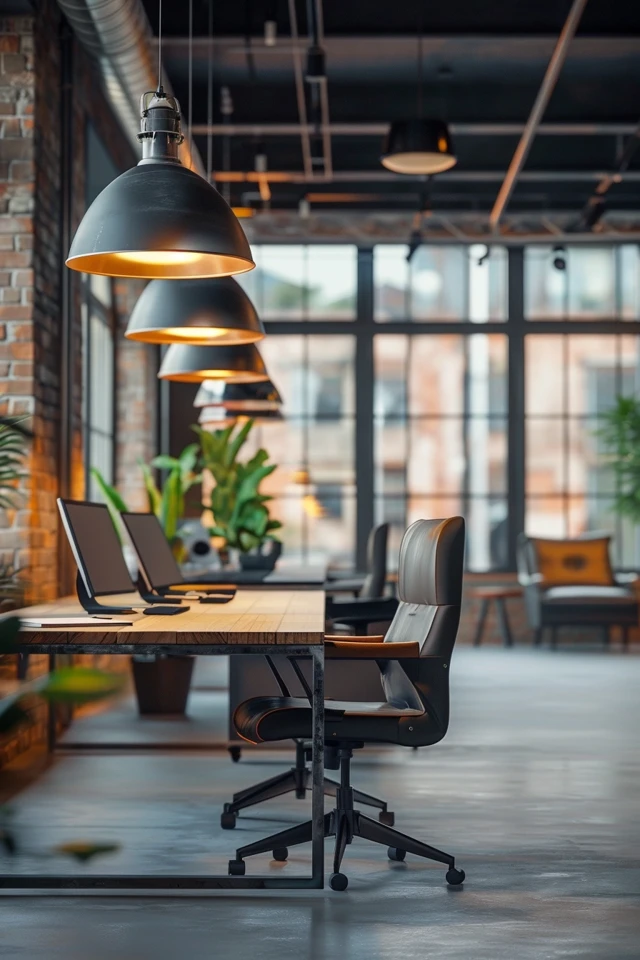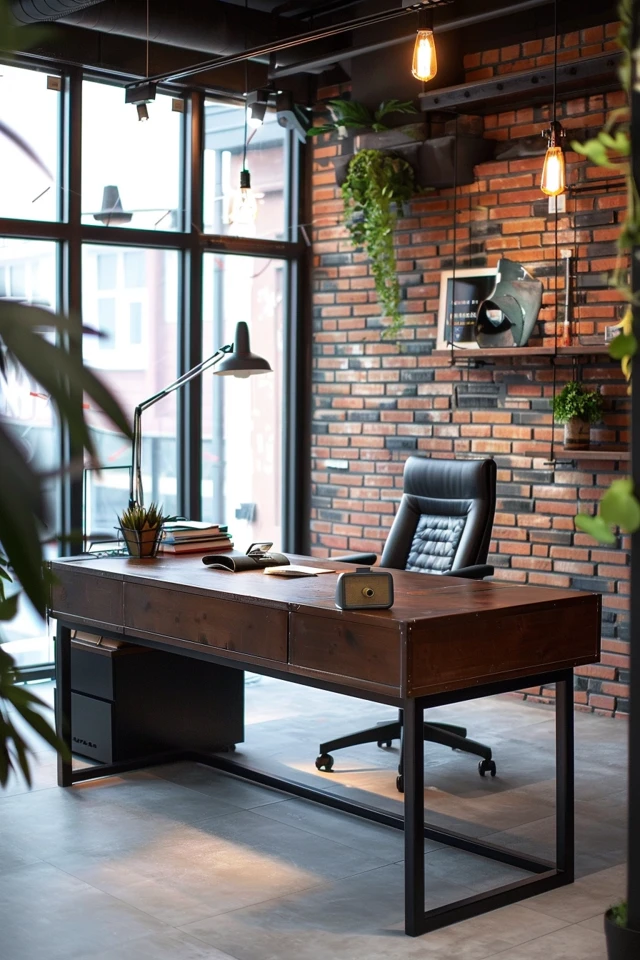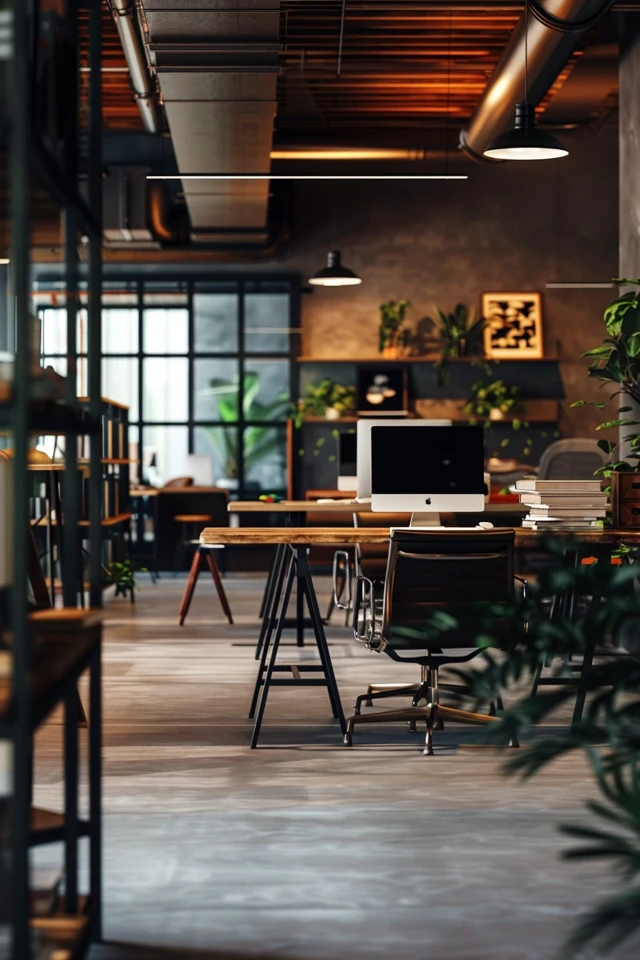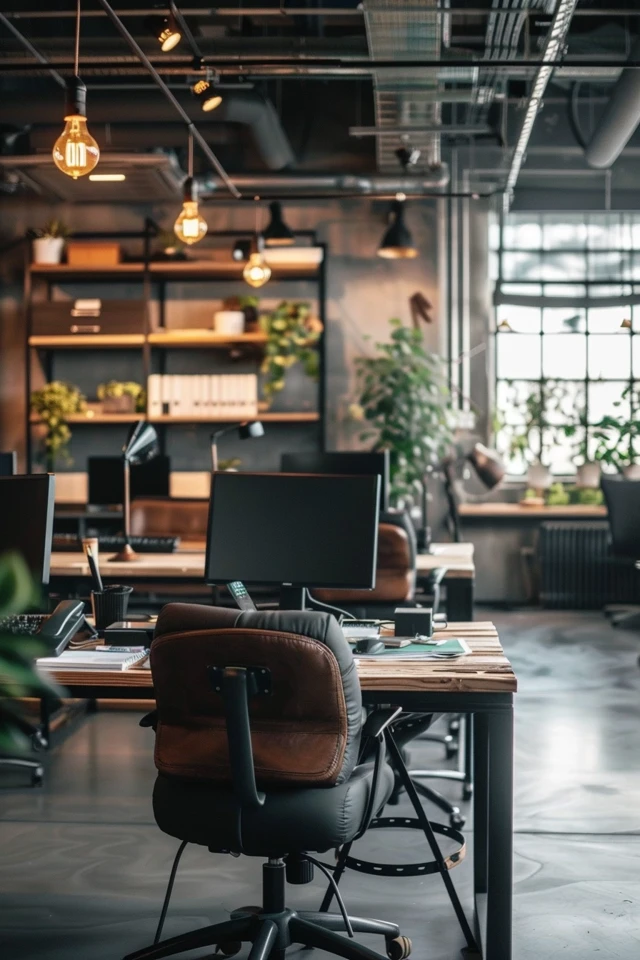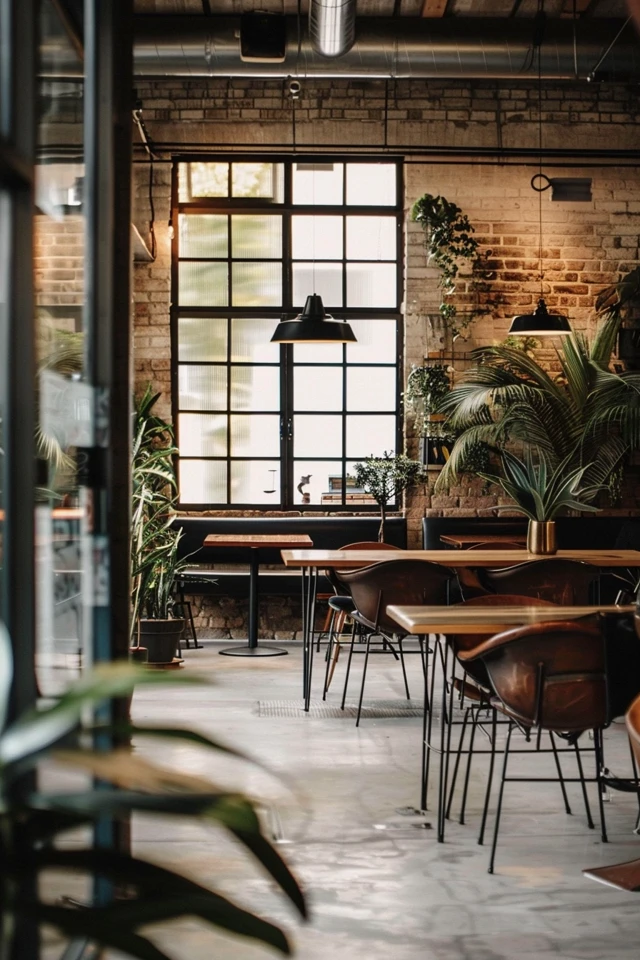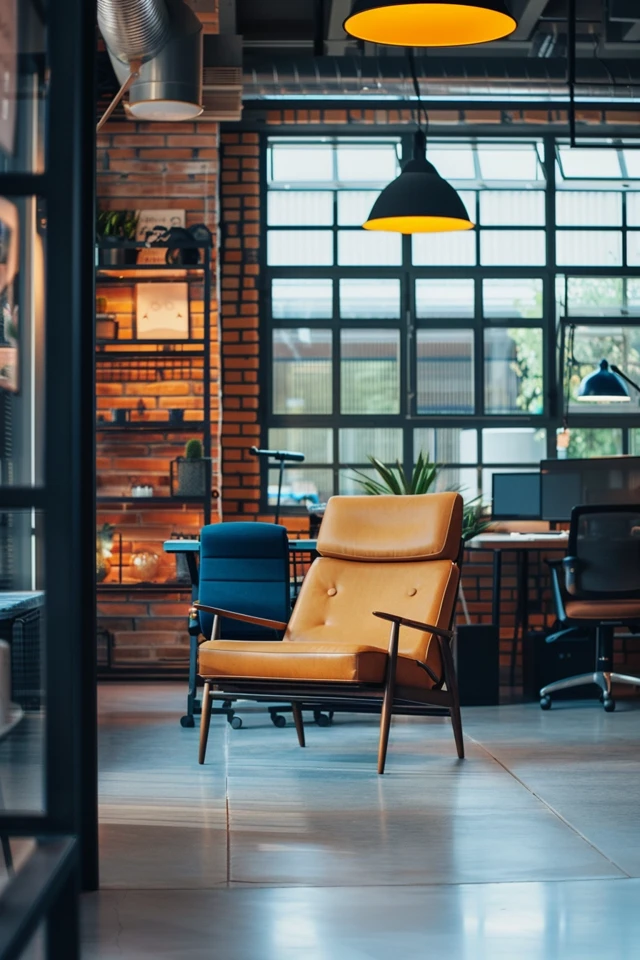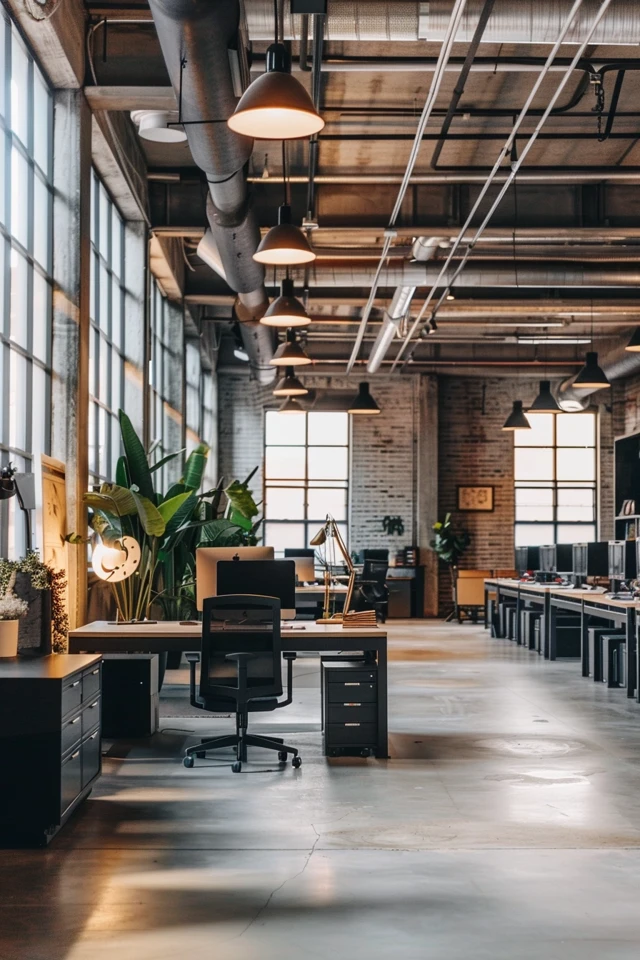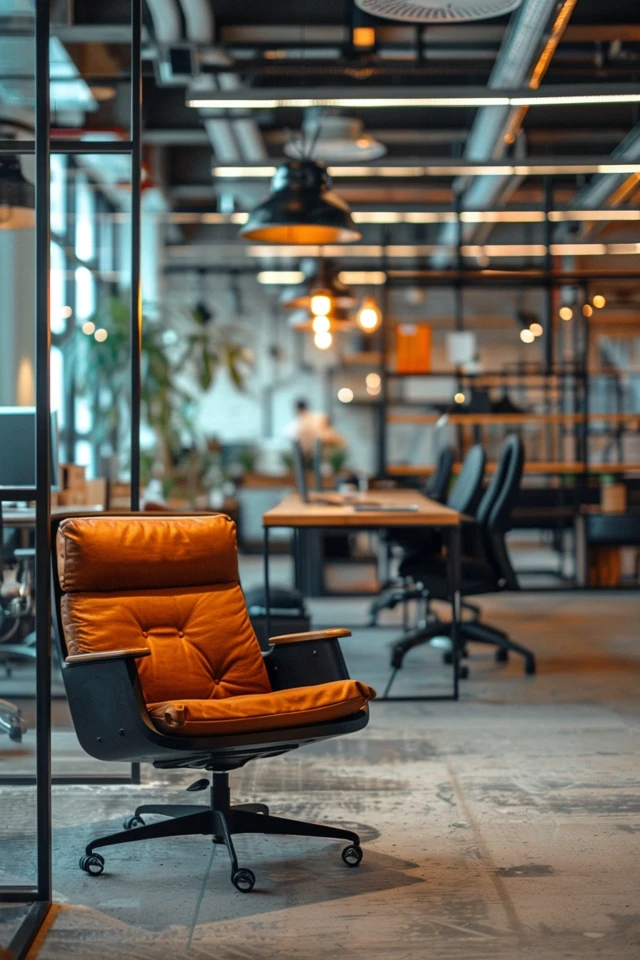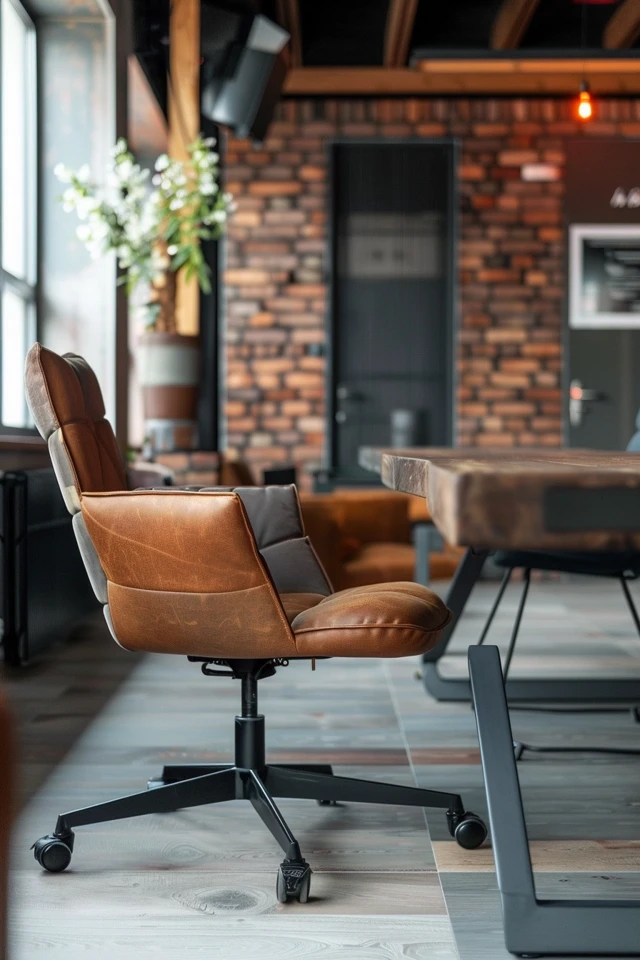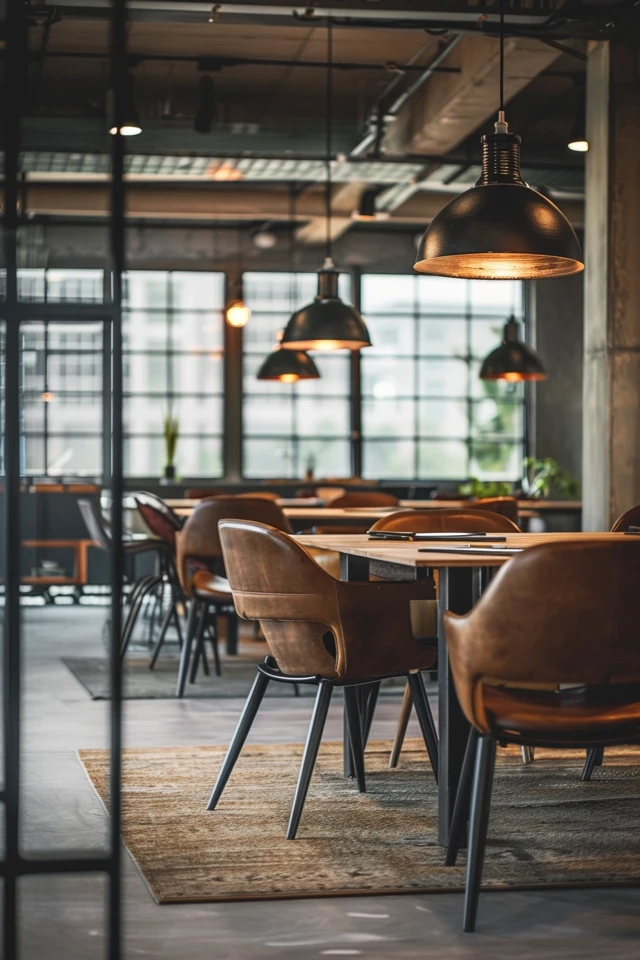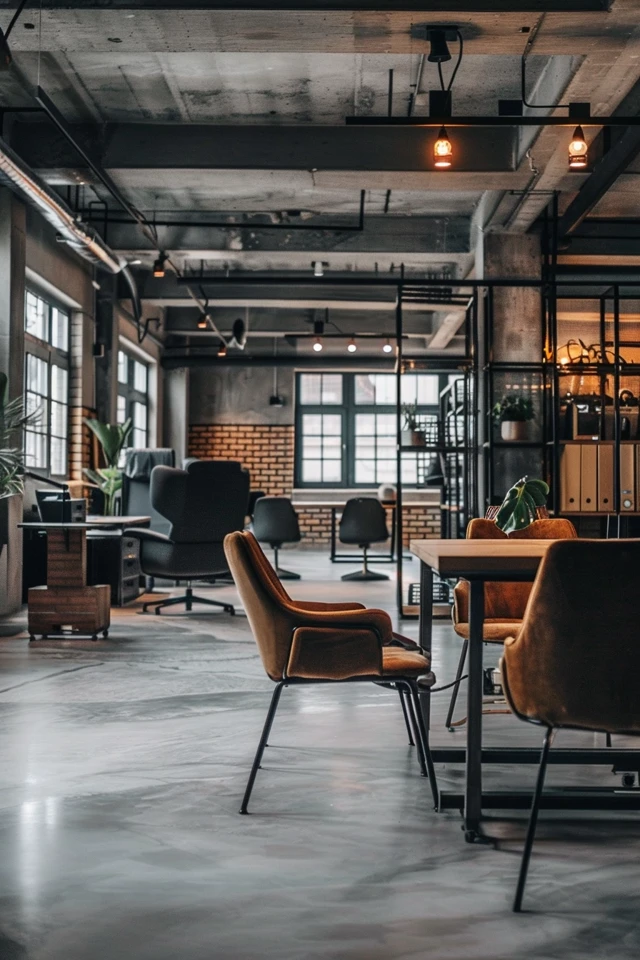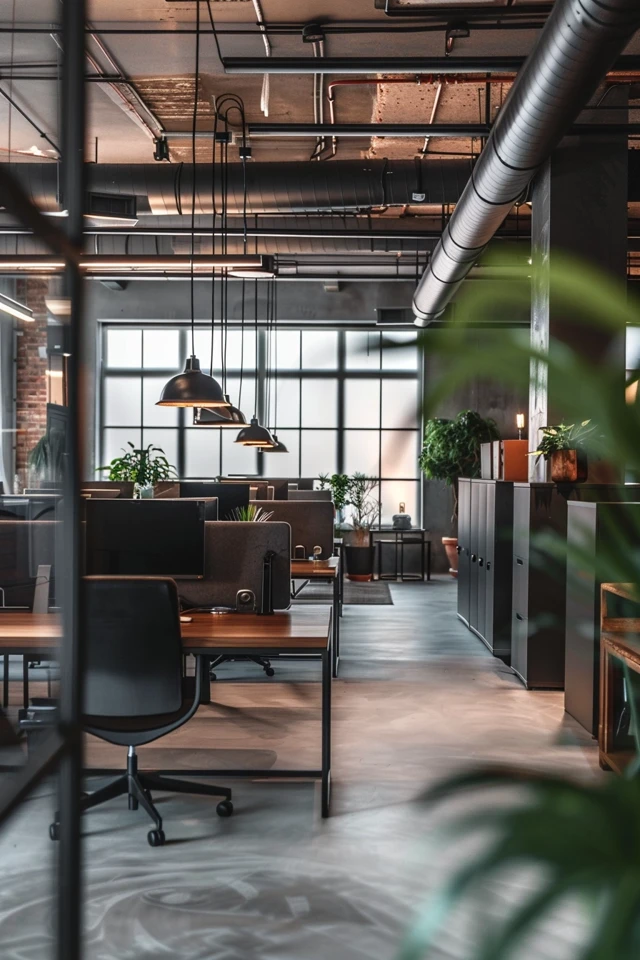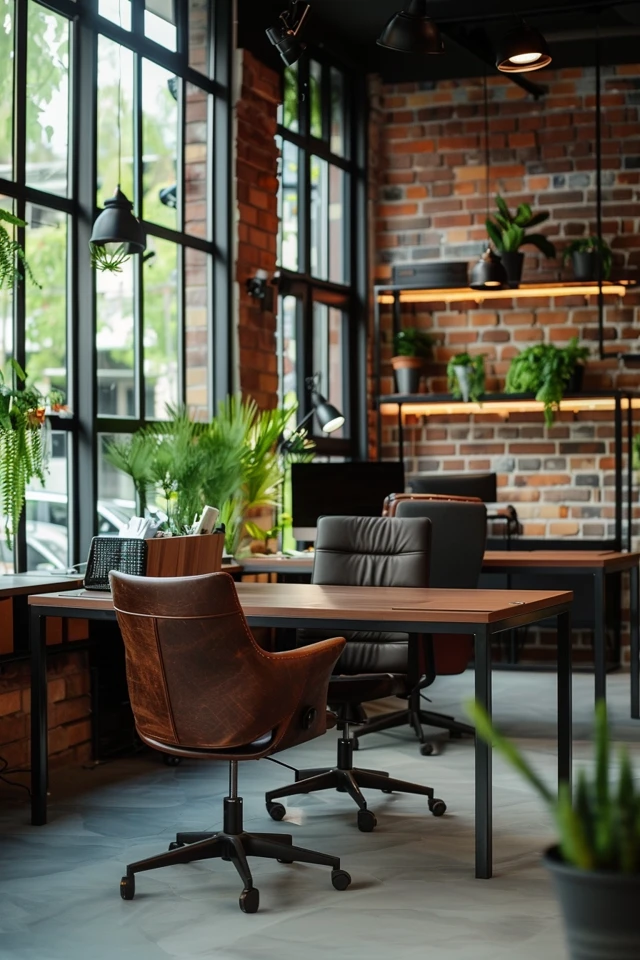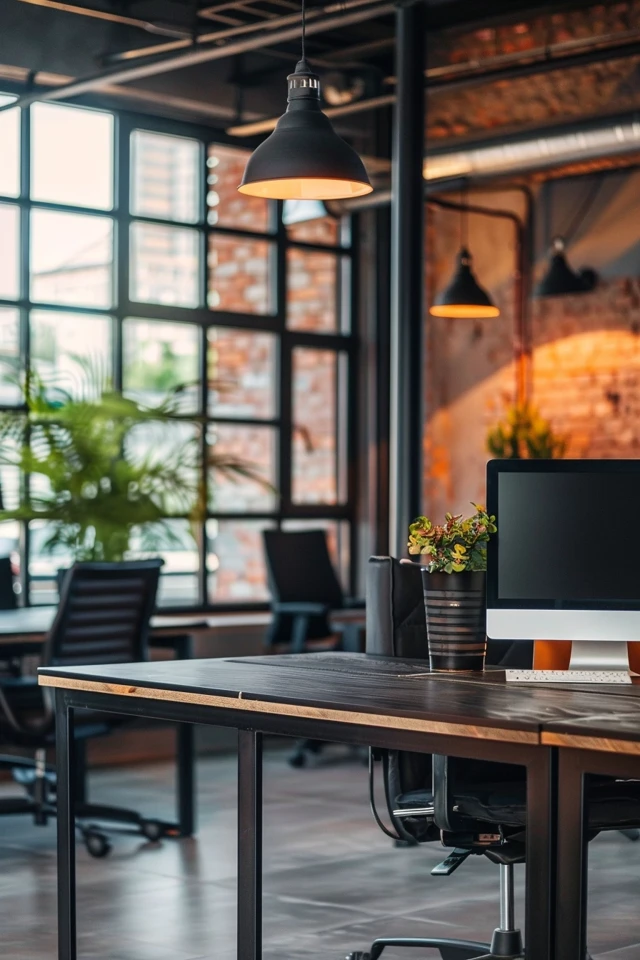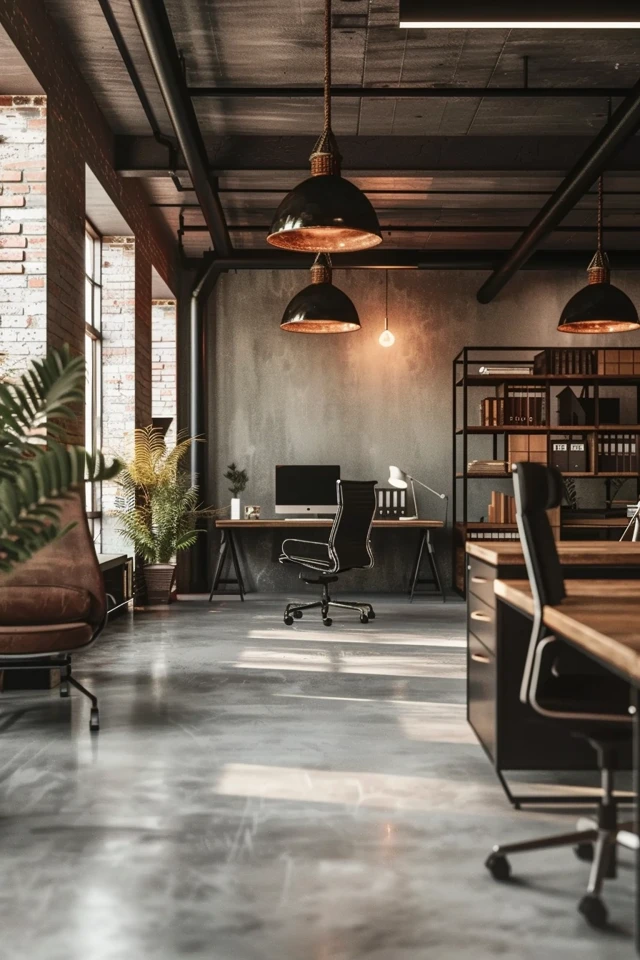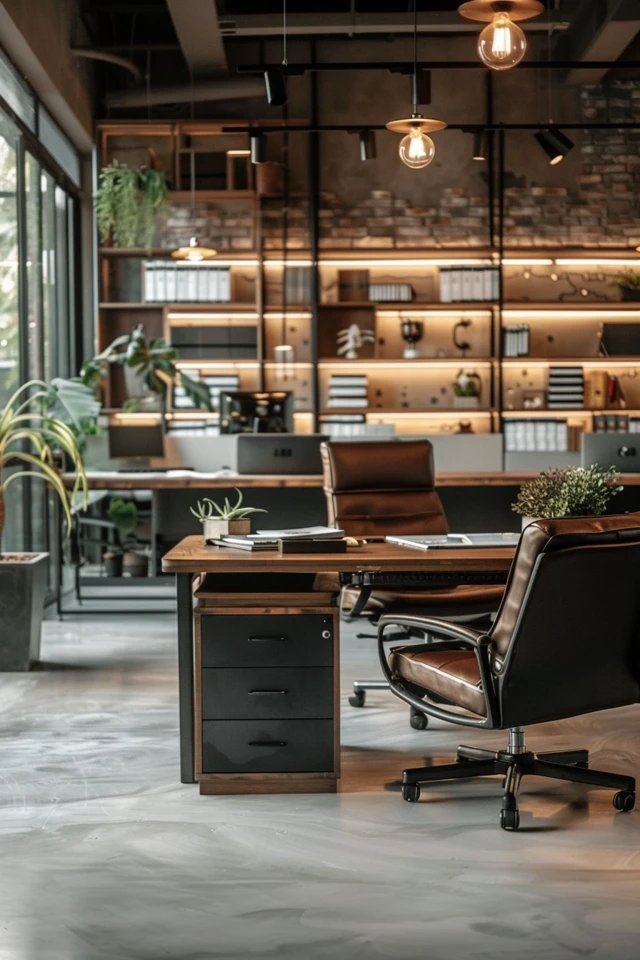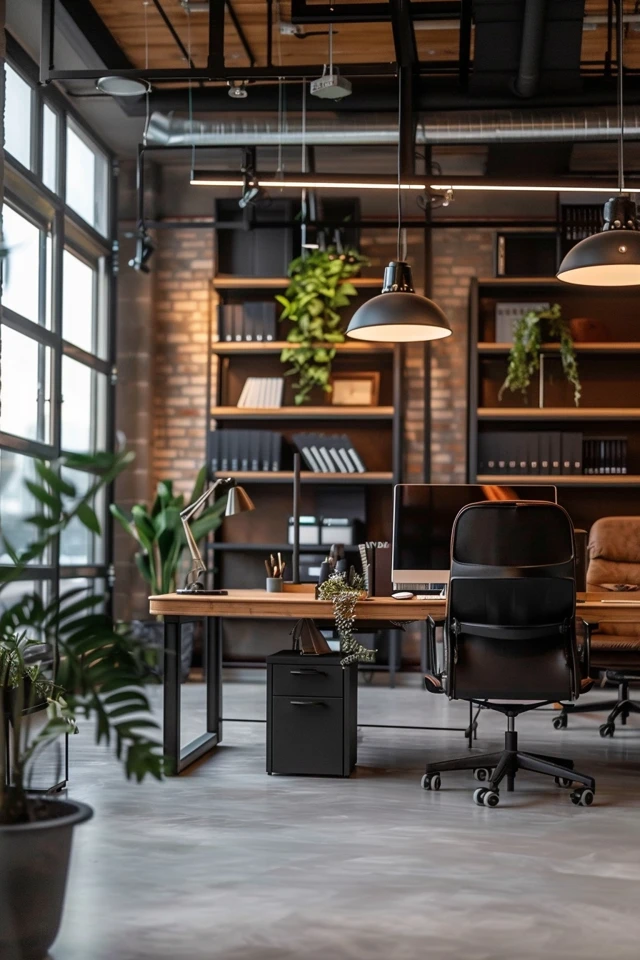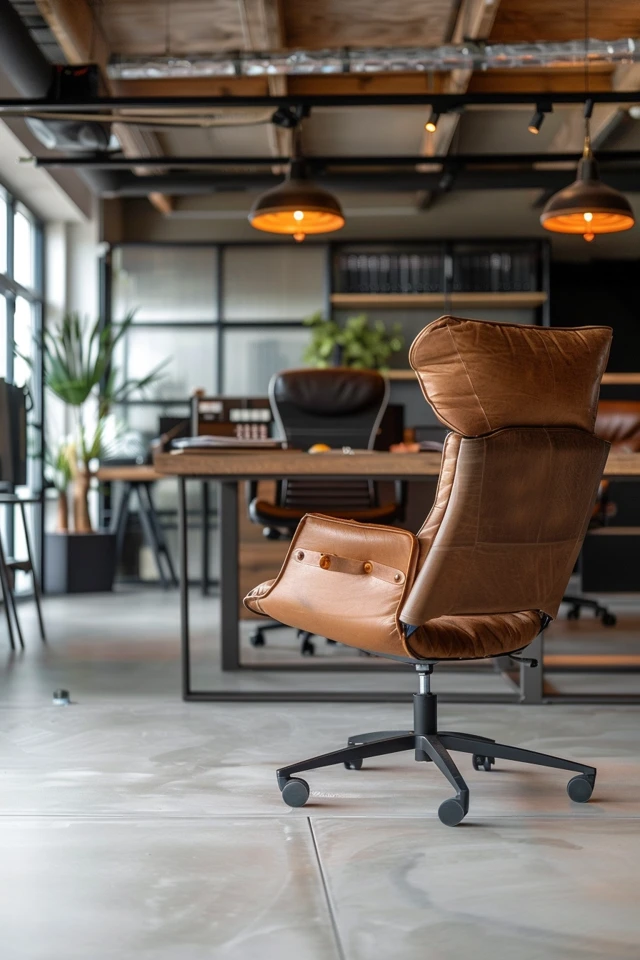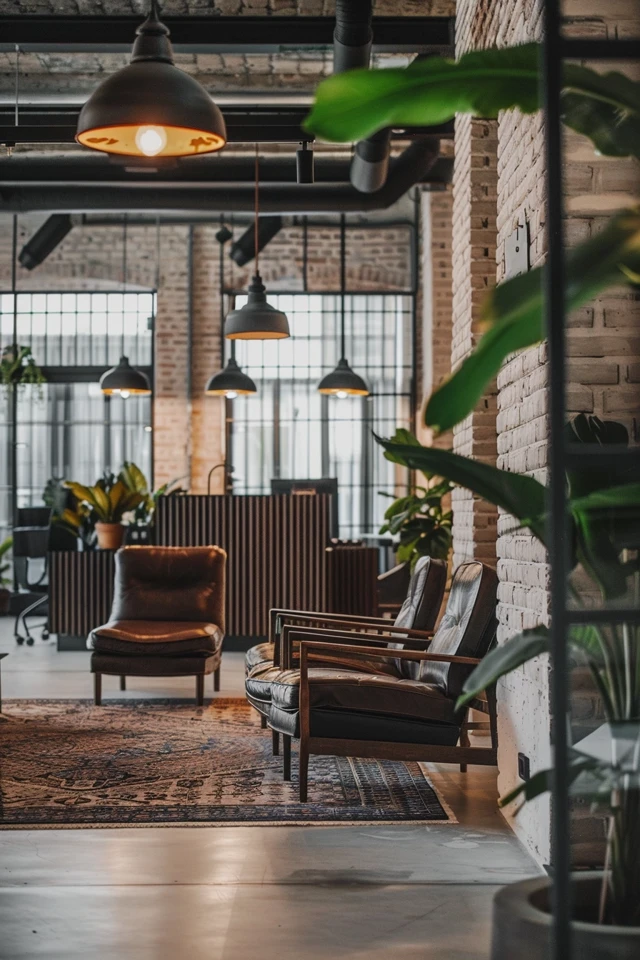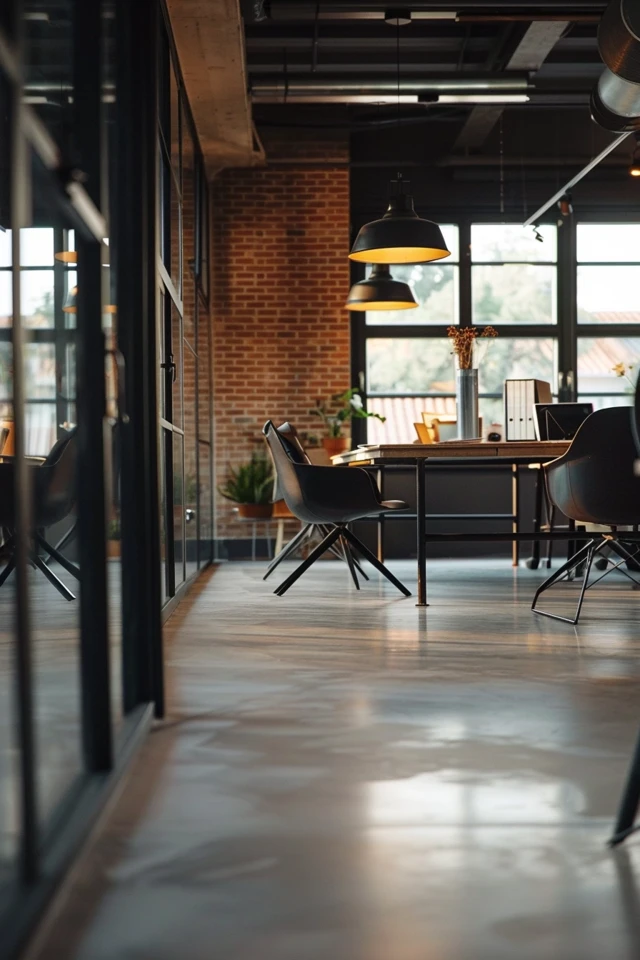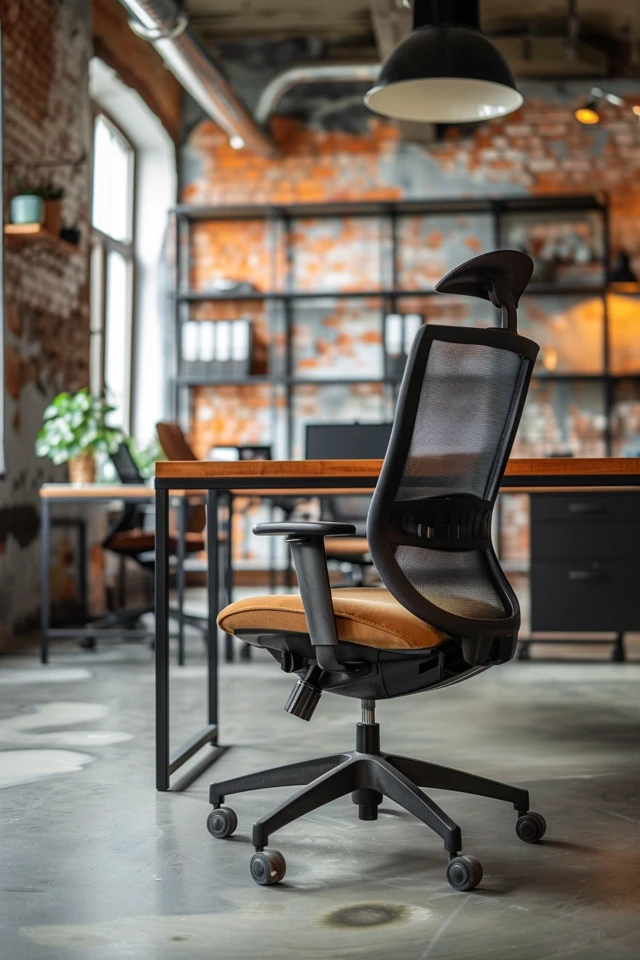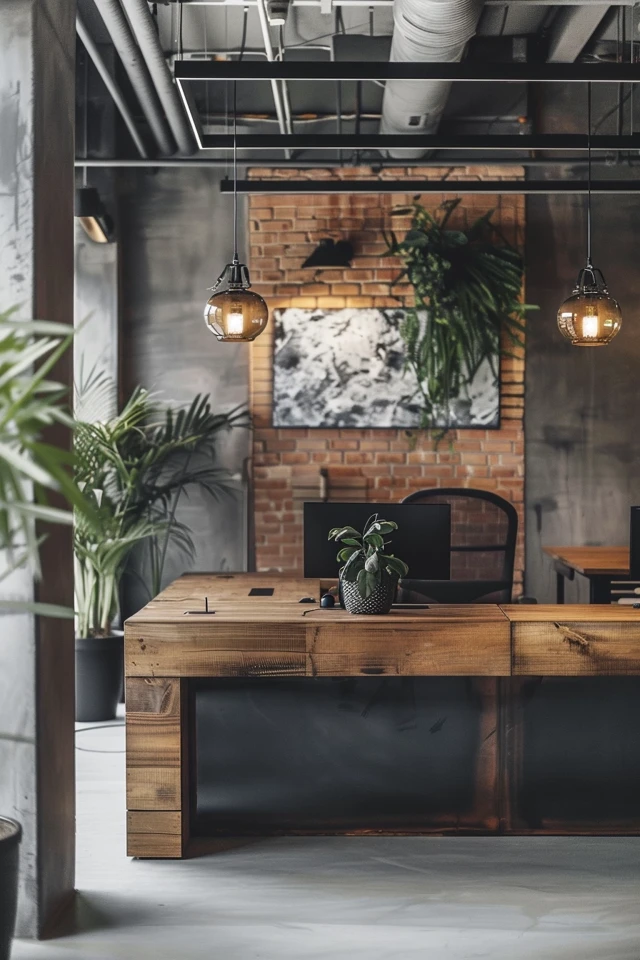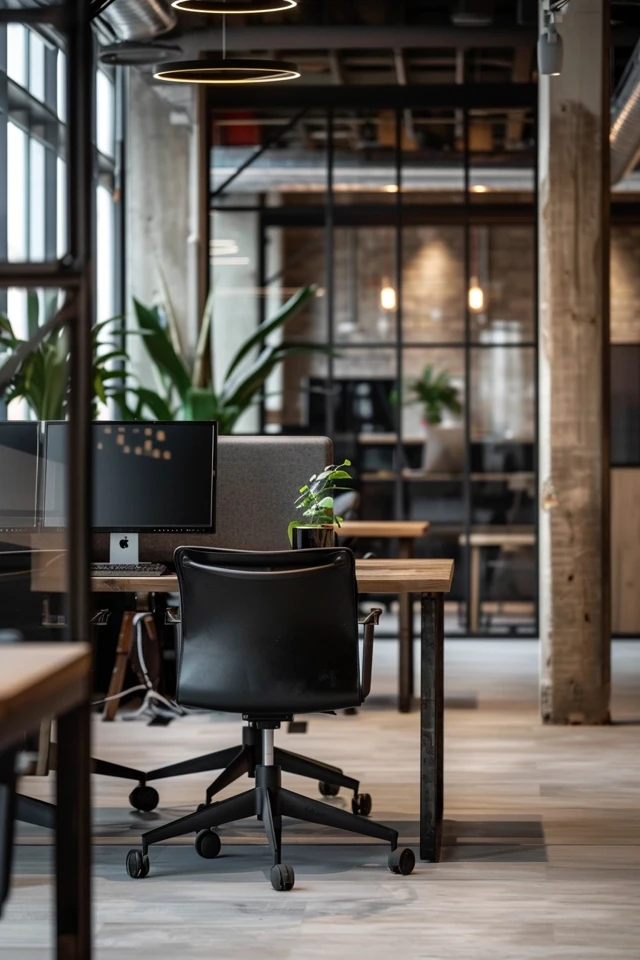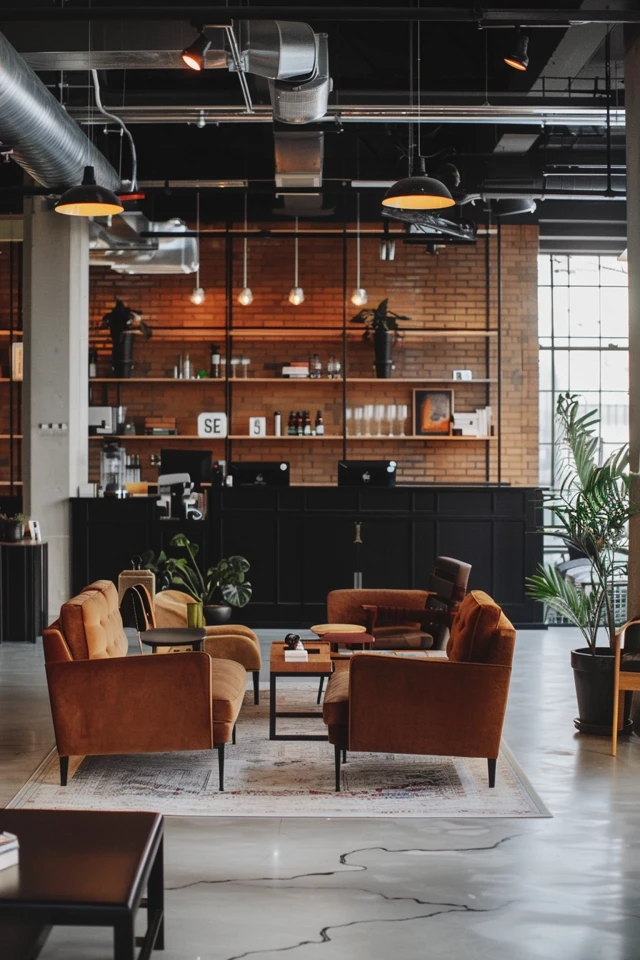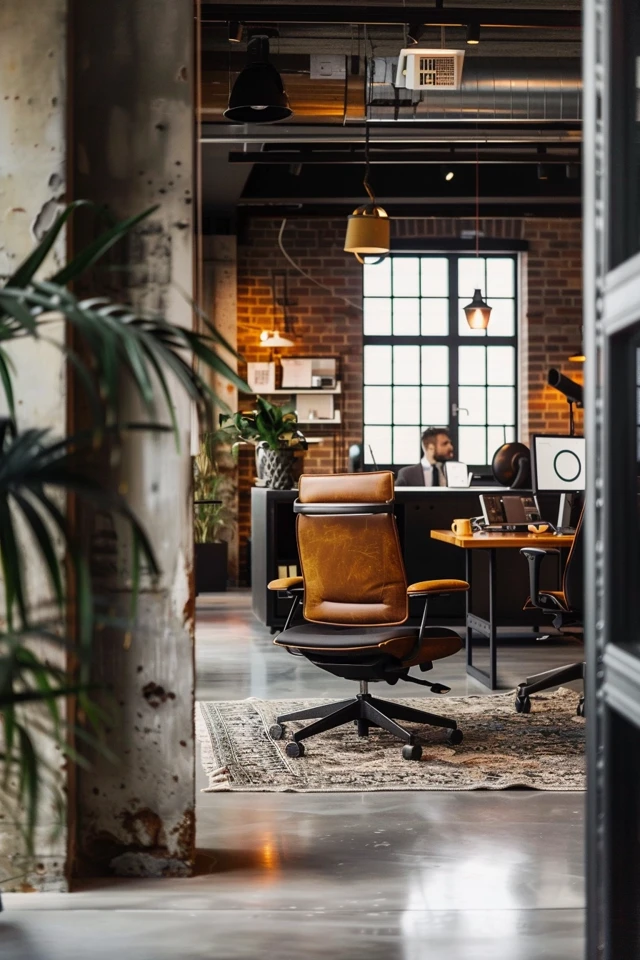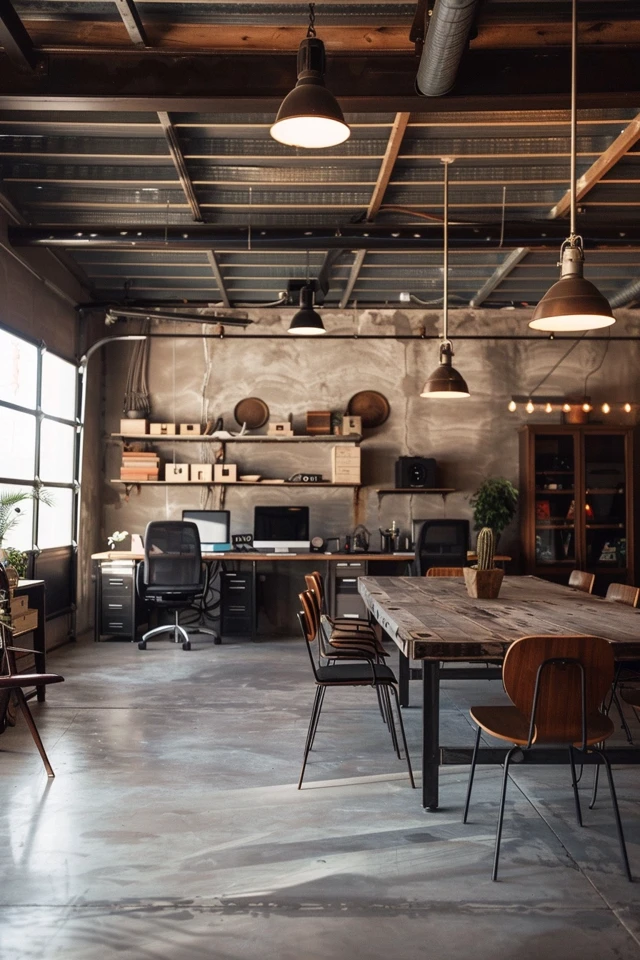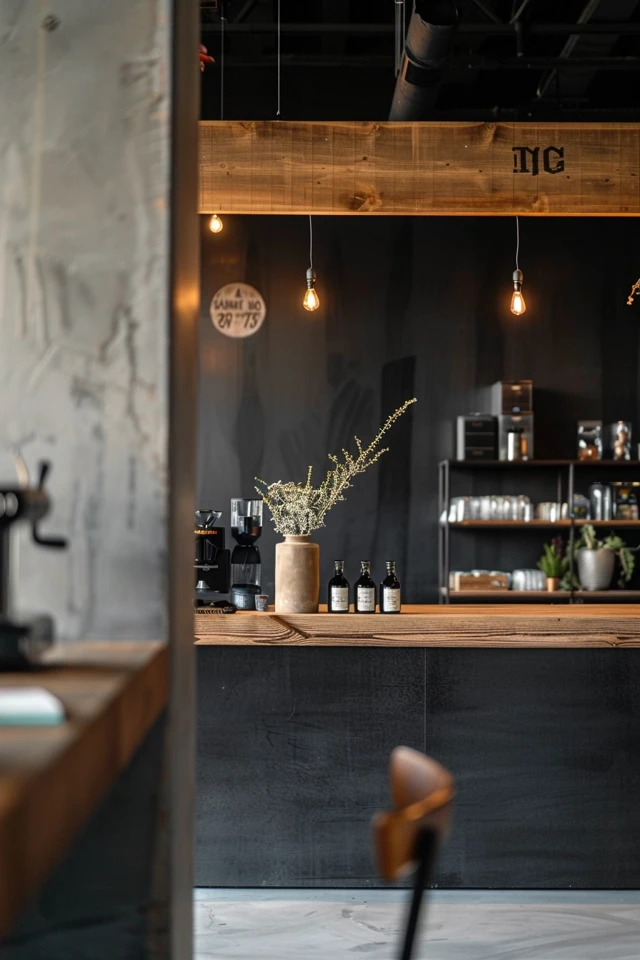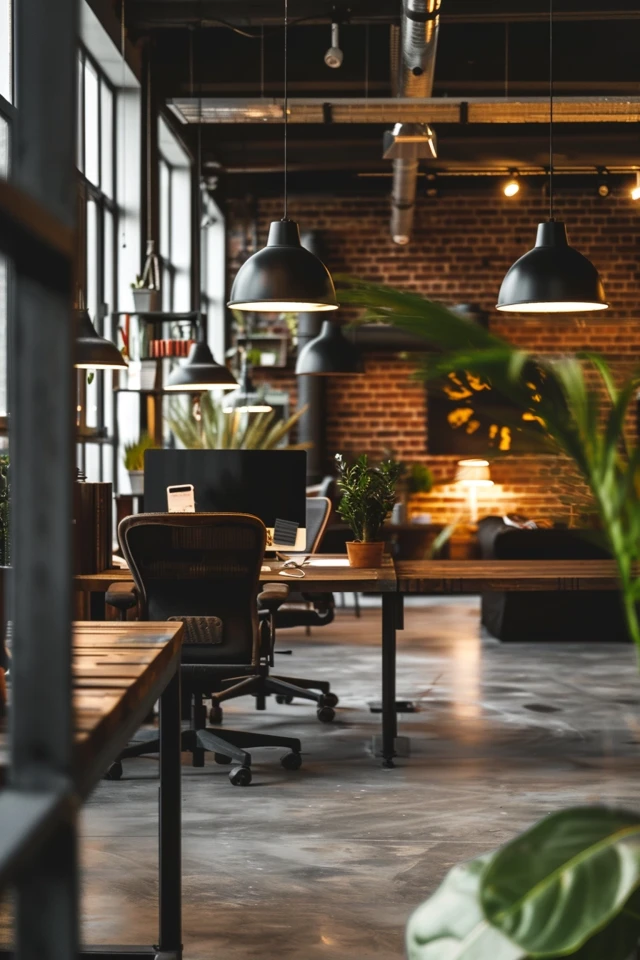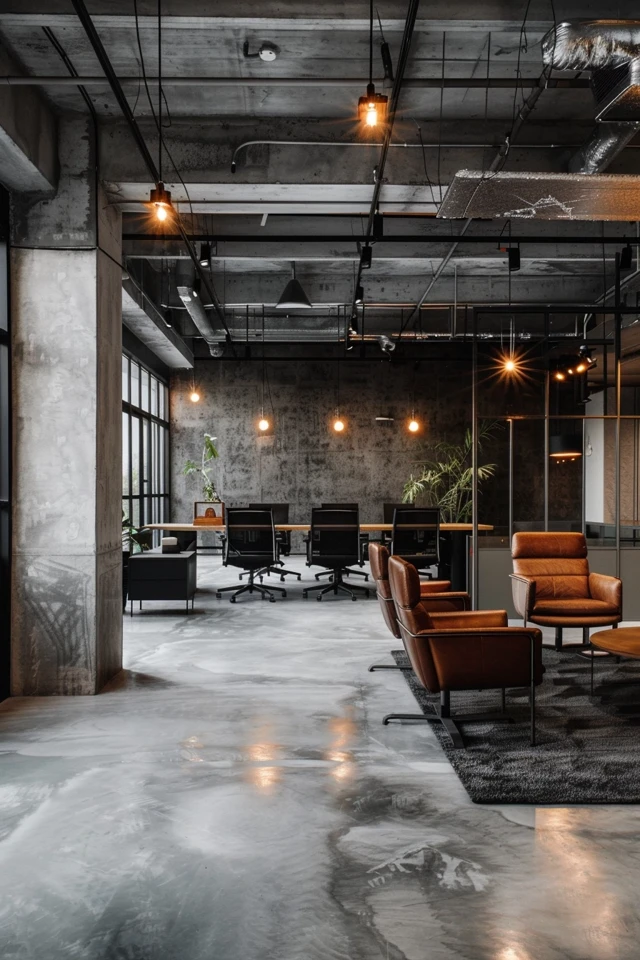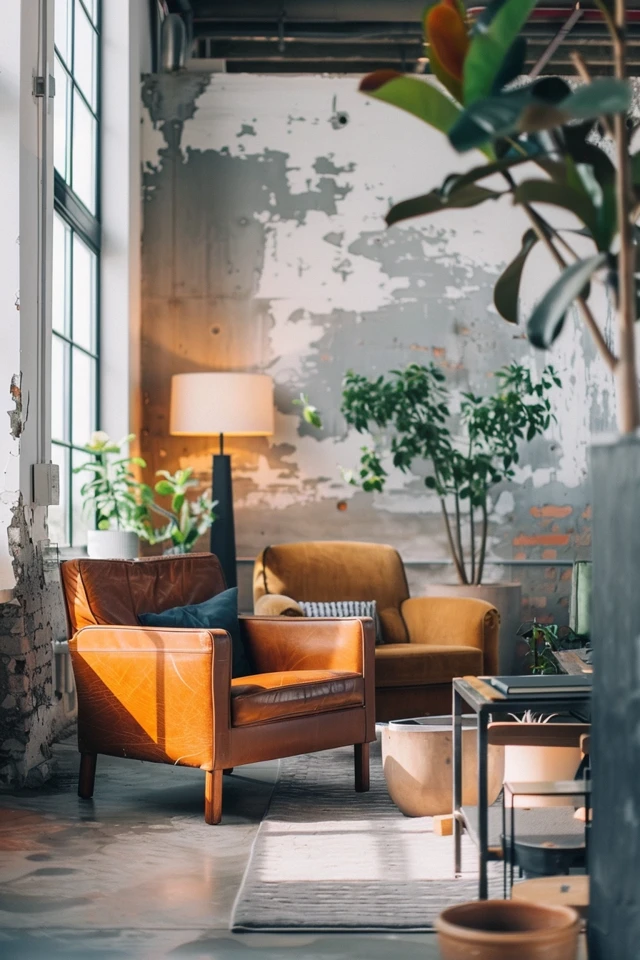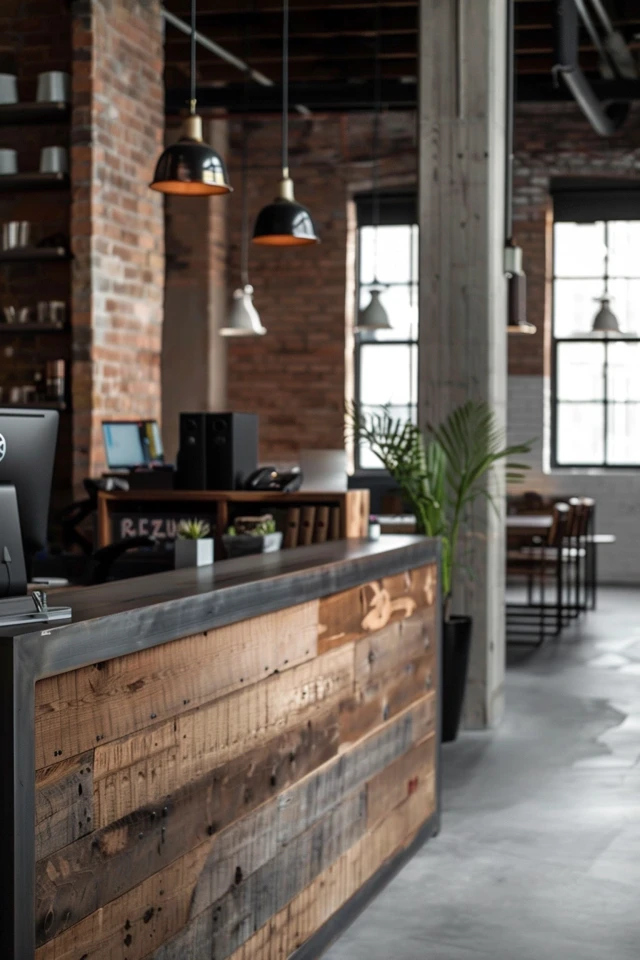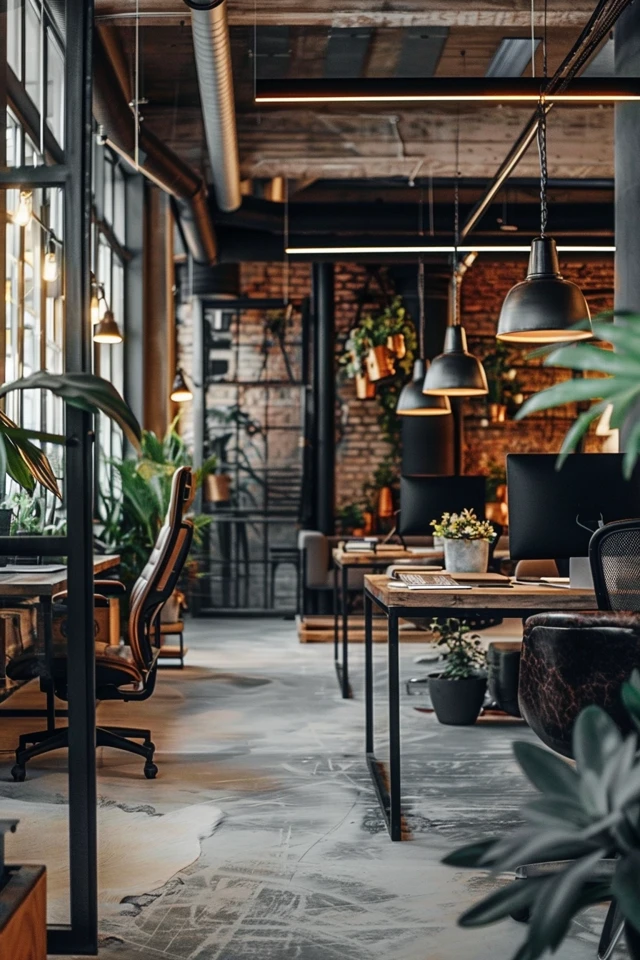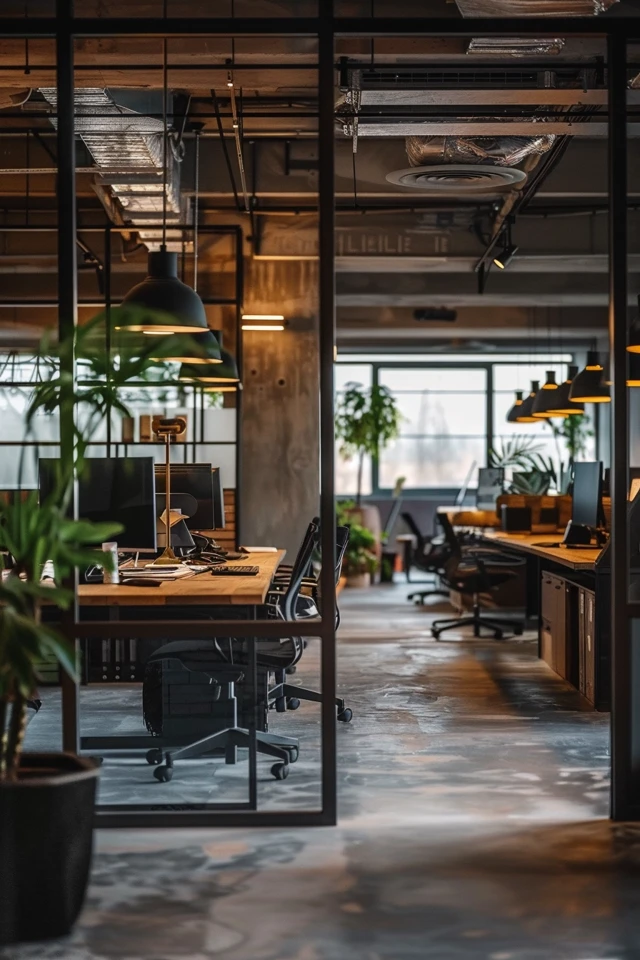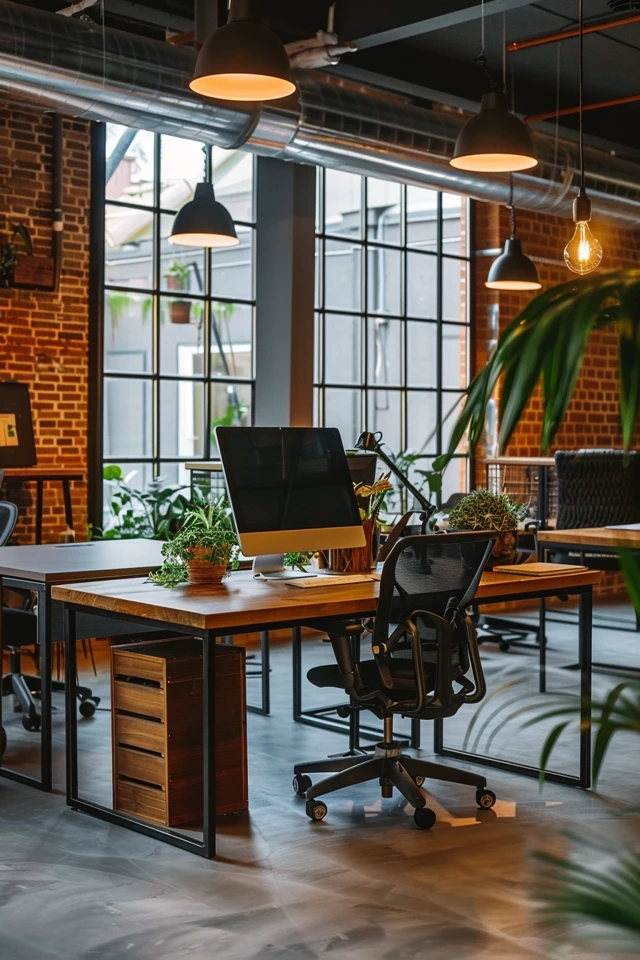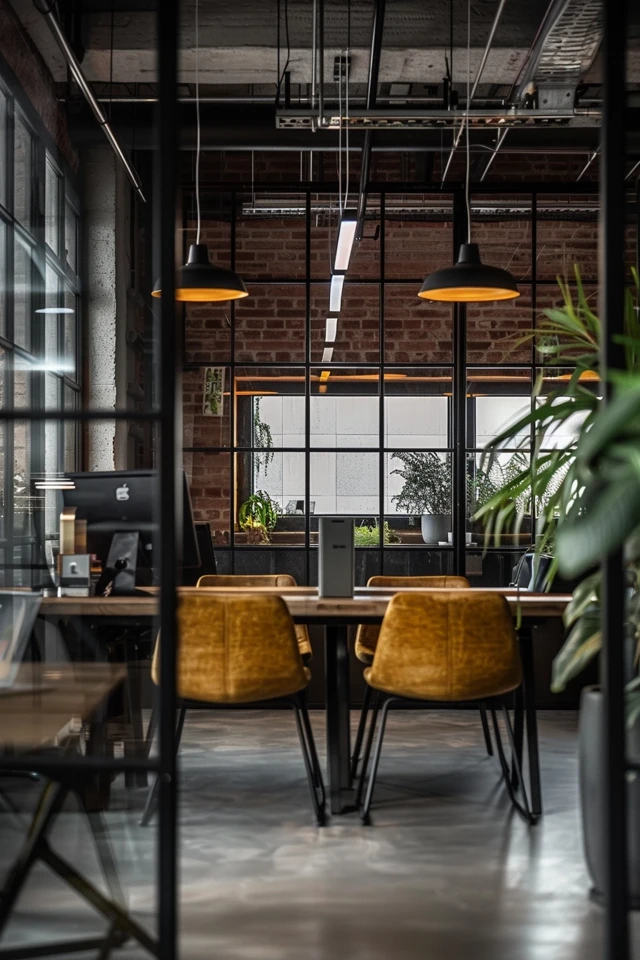Before Reading this Article, Hire Us As Your Designer or Take a Look at My Top 3 Amazon Picks!
If you are looking to blend Amazon's furniture finds with a personalized touch for your space, check out my portfolio, and hire us! You'll get 3 Idea boards, 2 Concept Boards, 2 Realistic Renderings, a Floor Plan, and a Shopping List! Everything's online, plus a 25% discount on your first online interior design project with my Havenly Promo code 4c7441bcfb. With over 2,000 designs since 2017 and top US brand partnerships, your project is in expert hands. US only. Ready to start?
Modern Office 2025: Experience Over a Year of Styl...
$11.79 (as of January 22, 2025 13:53 GMT -06:00 - More infoProduct prices and availability are accurate as of the date/time indicated and are subject to change. Any price and availability information displayed on [relevant Amazon Site(s), as applicable] at the time of purchase will apply to the purchase of this product.)Modern Office 2025: Experience Over a Year of Styl...
$11.79 (as of January 22, 2025 13:53 GMT -06:00 - More infoProduct prices and availability are accurate as of the date/time indicated and are subject to change. Any price and availability information displayed on [relevant Amazon Site(s), as applicable] at the time of purchase will apply to the purchase of this product.)PXXEHUAV Stylish Shelf Retro Design with Industria...
$89.99 (as of January 22, 2025 13:53 GMT -06:00 - More infoProduct prices and availability are accurate as of the date/time indicated and are subject to change. Any price and availability information displayed on [relevant Amazon Site(s), as applicable] at the time of purchase will apply to the purchase of this product.)Efficient and Stylish: Industrial Office Design Inspirations
Industrial office design has gained significant popularity in recent years, offering a unique blend of efficiency, functionality, and aesthetic appeal. As an architect and interior designer with expertise in evidence-based design, I have seen firsthand how these principles can transform a workspace into an inspiring environment that promotes productivity and creativity. This article explores various industrial office design inspirations, providing actionable insights and practical tips to help you create an office space that is both efficient and stylish.
Key Takeaways:
- Open Layouts: Foster collaboration and flexibility with minimal walls and partitions.
- Raw Materials: Incorporate exposed brick, concrete, and metal accents for texture and character.
- Functional Furniture: Choose ergonomic and versatile pieces to enhance comfort and productivity.
- Natural Light: Maximize natural light to create a more inviting and energy-efficient workspace.
- Greenery: Integrate plants to improve air quality and add a refreshing touch to the industrial aesthetic.
1. Embrace Open Layouts
Open layouts are a hallmark of industrial design, fostering a sense of openness and collaboration. By minimizing walls and partitions, you can create a more inclusive and flexible workspace.
Benefits of Open Layouts:
- Maximize Natural Light: Open layouts allow natural light to flow freely, reducing the need for artificial lighting and creating a more inviting environment.
- Encourage Collaboration: An open-plan office encourages communication and teamwork, making it easier for employees to collaborate on projects.
- Flexible Spaces: Open layouts offer flexibility in terms of furniture arrangement and space utilization, allowing you to adapt the office to changing needs.
2. Incorporate Raw Materials
The use of raw materials such as wood, metal, and concrete is central to industrial office design. These materials add texture and character to the space, creating a visually appealing environment.
Key Materials:
- Exposed Brick Walls: Incorporate exposed brick walls to add warmth and a rustic touch to the office. This feature works well as an accent wall or a backdrop for workstations.
- Concrete Floors: Polished concrete floors are durable and easy to maintain, making them ideal for high-traffic areas. They also add an industrial edge to the office.
- Metal Accents: Use metal accents in furniture, light fixtures, and decor to enhance the industrial vibe. Steel beams, iron railings, and metal shelving units are excellent choices.
3. Choose Functional Furniture
Functional furniture is essential in creating an efficient industrial office. Prioritize ergonomic and versatile pieces that enhance comfort and productivity.
Furniture Tips:
- Ergonomic Chairs: Invest in ergonomic chairs that provide proper support and comfort for long hours of work. Look for adjustable features to accommodate different users.
- Multi-Functional Desks: Choose desks that offer ample workspace and storage solutions. Adjustable height desks are a great option for promoting a healthy work environment.
- Storage Solutions: Utilize industrial-style storage solutions such as metal filing cabinets, open shelving, and rolling carts to keep the workspace organized and clutter-free.
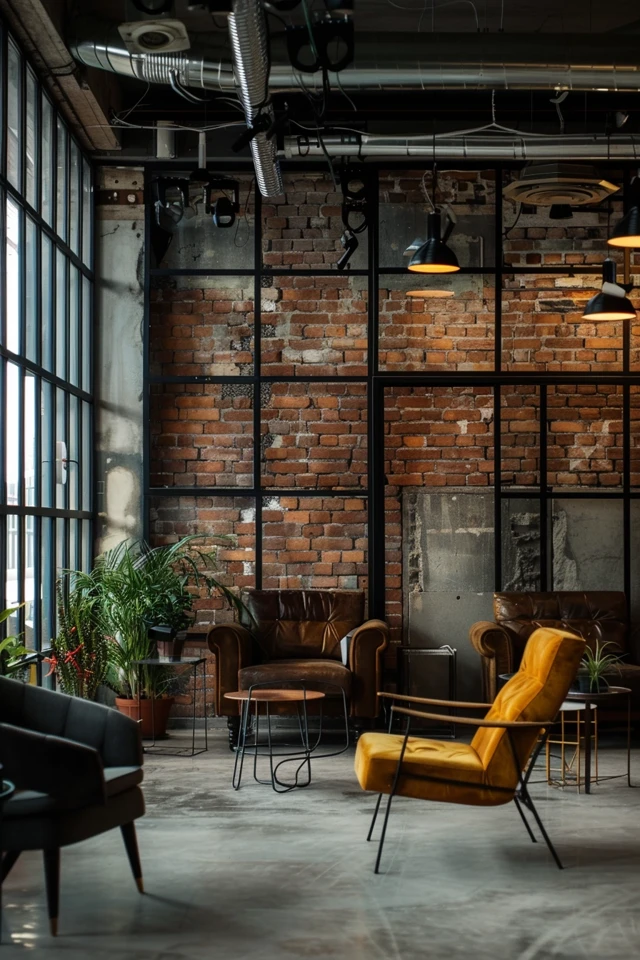
4. Maximize Natural Light
Natural light is crucial in creating a bright and inviting workspace. It not only enhances the aesthetic appeal but also improves mood and productivity.
Strategies for Maximizing Natural Light:
- Large Windows: Install large windows to allow plenty of natural light into the office. Opt for floor-to-ceiling windows if possible.
- Glass Partitions: Use glass partitions instead of solid walls to divide spaces without blocking light. This also maintains the open and airy feel of the industrial design.
- Skylights: Incorporate skylights to bring in additional natural light, especially in areas where windows are limited.
5. Integrate Greenery
Incorporating greenery into your industrial office design can significantly enhance the environment by improving air quality and adding a refreshing touch.
Benefits of Greenery:
- Improved Air Quality: Plants help filter out toxins and improve indoor air quality, creating a healthier workspace.
- Aesthetic Appeal: Greenery adds a touch of nature to the industrial aesthetic, softening the harshness of raw materials and creating a balanced look.
- Increased Productivity: Studies have shown that plants can boost productivity and reduce stress levels, making them a valuable addition to any office.
6. Highlight Architectural Details
Showcasing architectural details is a hallmark of industrial design. These elements add character and charm to your office space.
Architectural Elements:
- Beams and Columns: Expose and highlight structural beams and columns to add an industrial touch and create visual interest.
- Windows and Doors: Use large, industrial-style windows and doors to bring in natural light and create a sense of openness. Black metal frames and glass panels are particularly effective in achieving this look.
- Staircases: If you have a staircase, consider using industrial materials like metal and wood for the steps and railings. This enhances the industrial feel and adds a unique focal point.
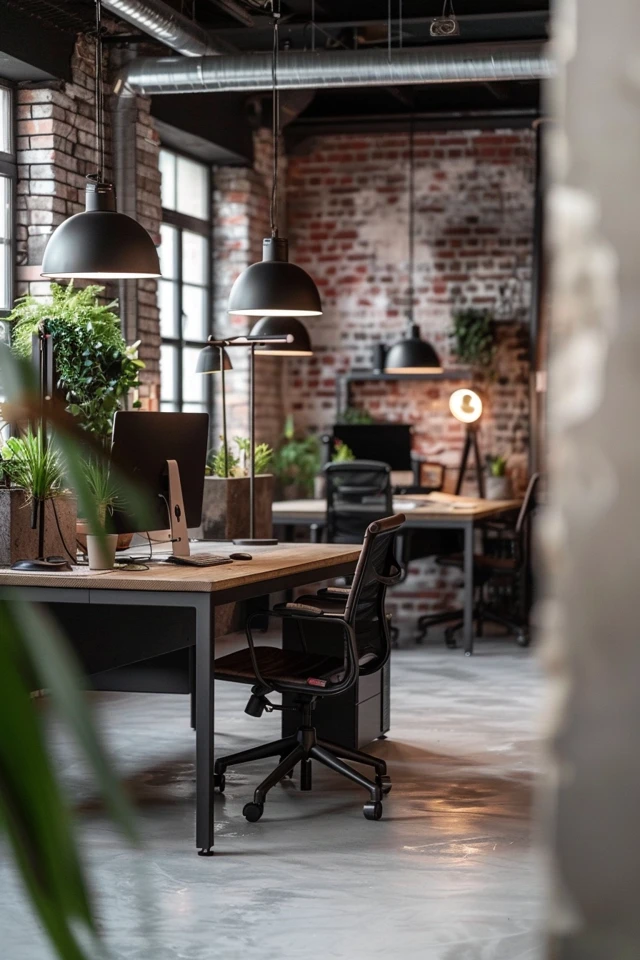
7. Incorporate Industrial Art and Decor
Art and decor play a significant role in defining the industrial style. Choose pieces that reflect the aesthetic and add personality to your space.
Art and Decor Ideas:
- Industrial Art: Look for industrial-inspired art pieces such as blueprints, black-and-white photographs, and abstract paintings. These artworks complement the industrial vibe and add a touch of sophistication.
- Vintage Posters: Decorate with vintage posters, advertisements, and signage. These items add color, nostalgia, and visual interest to your walls.
- Repurposed Decor: Use repurposed items like old factory gears, metal pipes, and wooden pallets as decor pieces. These items add a unique, industrial touch and showcase creativity.
8. Enhance Comfort with Vintage Soft Furnishings
While industrial decor can sometimes feel cold, vintage soft furnishings add warmth and comfort to your space.
Soft Furnishing Tips:
- Vintage Rugs: Use vintage rugs to add color, pattern, and texture to your floors. Persian rugs, kilims, and shaggy rugs are excellent choices.
- Throw Blankets: Drape throw blankets over sofas, chairs, and beds. Choose materials like wool, cotton, and faux fur for added warmth and coziness.
- Cushions and Pillows: Add cushions and pillows in various sizes, shapes, and fabrics. This enhances comfort and creates a layered, inviting look.
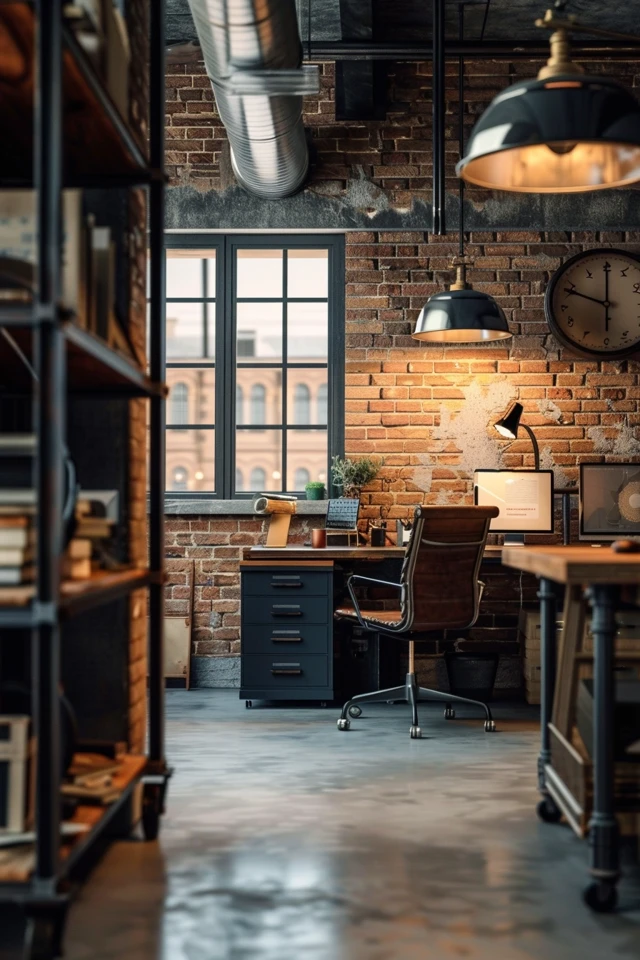
9. Create Cozy and Inviting Workspaces
Workspaces should be cozy and inviting, providing a peaceful retreat from the hustle and bustle of daily life.
Workspace Ideas:
- Vintage Desks: Choose vintage desks made of wood or metal. Look for designs with intricate details, such as iron headboards or carved wooden frames.
- Layered Accessories: Use layered accessories with soft, natural fabrics like linen and cotton. Add quilts, throws, and decorative pillows for extra comfort.
- Personal Touches: Incorporate personal touches like family heirlooms, framed photographs, and handmade items. These pieces add warmth and personality to your workspace.
10. Design Functional and Stylish Meeting Rooms
Meeting rooms can be both functional and stylish with the right combination of industrial and vintage elements.
Meeting Room Design Tips:
- Industrial Fixtures: Use industrial-style fixtures like stainless steel appliances, metal shelving, and exposed ductwork. These elements add an industrial touch and enhance functionality.
- Vintage Cabinets: Choose vintage or vintage-inspired cabinets with distressed finishes and unique hardware. These cabinets add character and charm to your meeting rooms.
- Open Shelving: Incorporate open shelving made of wood or metal. This provides storage and display space while contributing to the industrial vintage aesthetic.
Conclusion: Capturing Time with Industrial Vintage Decor
Blending industrial and vintage elements can create a timeless, stylish, and functional home environment. By embracing the raw beauty of industrial materials, incorporating vintage furniture and accessories, mixing and matching textures, creating functional spaces, highlighting architectural details, incorporating industrial vintage art and decor, enhancing comfort with vintage soft furnishings, creating cozy workspaces, designing functional kitchens, and transforming bathrooms into vintage sanctuaries, you can capture the essence of both styles.
As an architect and interior designer, I believe that thoughtful design choices are key to creating spaces that reflect your personality and lifestyle. The ideas shared in this article are designed to inspire you to think creatively about how to incorporate industrial vintage decor into your home.
Remember, the key to successful design is balance and intentionality. Regularly update and personalize your space to keep it aligned with your evolving tastes and needs. With these tips and ideas, you’re well on your way to creating a home that is both stylish and timeless. Enjoy the process of designing and decorating your space, and let the charm of industrial vintage decor transform your home into a sanctuary of beauty and functionality.
Inspirational Pictures
